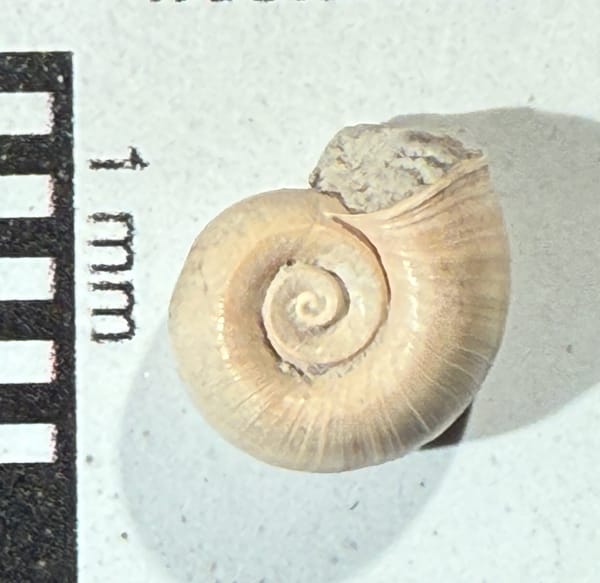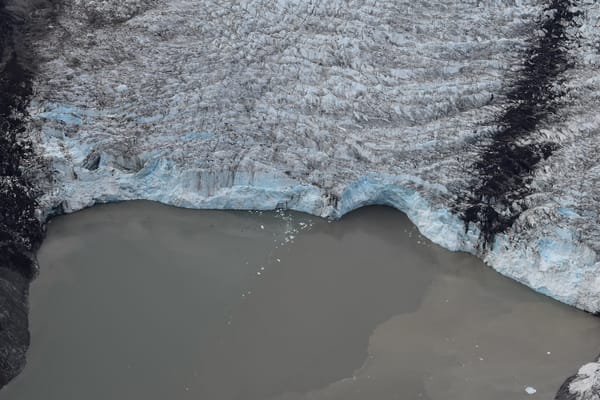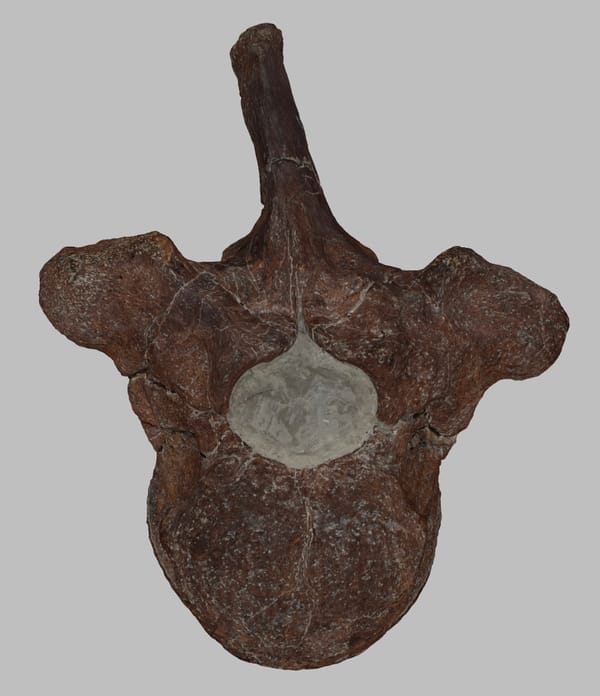Tiny fossil bats
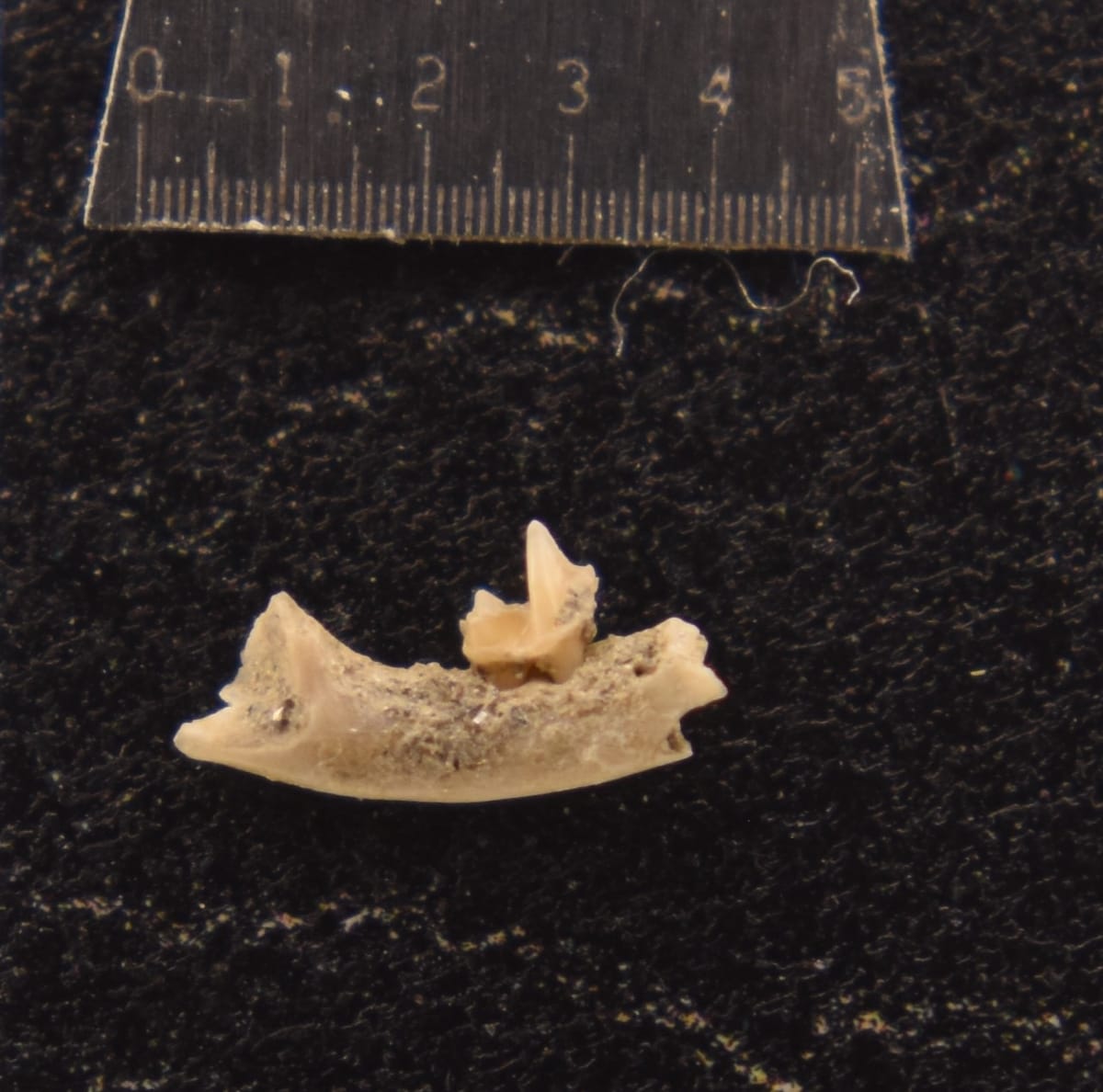
Much of my research has focused on fossils of animals from the upper end of the size range, such as whales and mastodons. But I'm endlessly fascinated by the vast numbers of small fossils out there. Even among the vertebrates, some of the bones are tiny!
Above is a fragment of the right lower jaw of a canyon bat, Parastrellus hesperus. This specimen comes from the West Dam of Diamond Valley Lake in Riverside County, and is probably around 16-20,000 years old. There is a single tooth preserved, the lower 3rd molar. Most bats have sharp, pointy teeth such as this, reflecting their insectivorous diet.
And this specimen is tiny! The scale bar at the top of the image is 5 mm; that 3rd molar is less than 1 mm long! And this is an adult animal; the 3rd molar in most mammals only erupts in adults. In fact, Parastrellus is pretty small even by bat standards, with a wingspan of about 200 mm and a body length of up to 80 mm; it's the smallest bat species in the United States. And it's objectively cute:
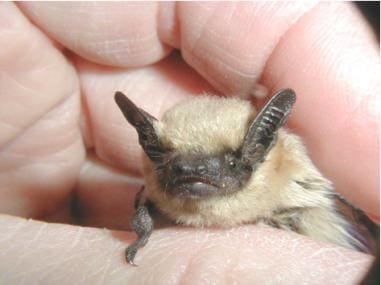
As it turns out, the Western Science Center actually has two specimens of Parastrellus in the collections:
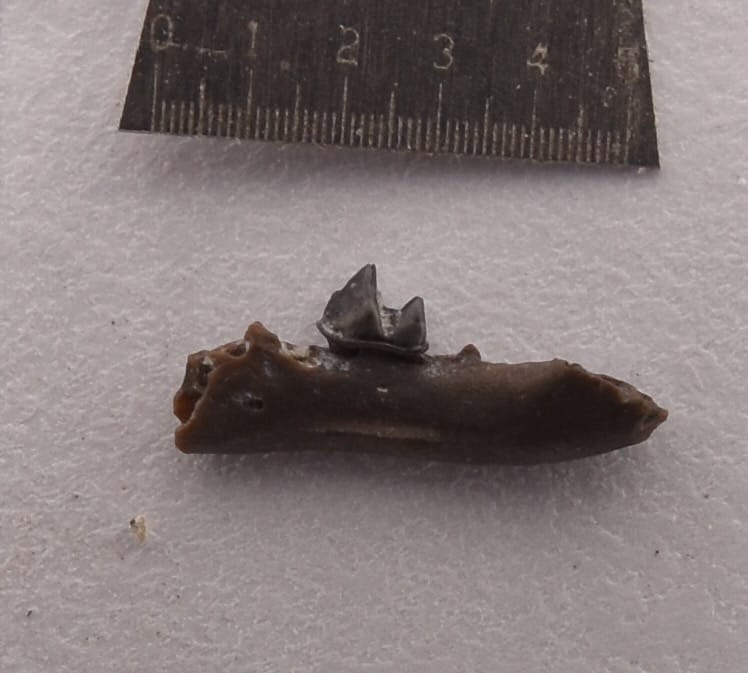
This fragment is a left lower jaw fragment, and includes the 2nd lower molar, so it preserves a different segment of the jaw than the first specimen. This jaw also comes from Diamond Valley Lake, but from the East Dam, so it's probably closer to 50,000 years old.
Canyon bats make up only 0.002% of the fossils from Diamond Valley Lake. While Diamond Valley was wetter in the Pleistocene, and this species does tend to prefer relatively arid environments, it's likely that the scarcity of the fossils is a preservation bias. Bat bones are delicate, and they spend half the day roosting in rock crevices where the preservation potential is very low. Even if canyon bats were common here in the Pleistocene (and they probably were), getting any of their fossils at all in these deposits is a pleasant surprise.

If you like what you're reading, please consider becoming a paid subscriber or leaving a tip. All proceeds go to cover the cost of maintaining the site and supporting research and education at the Western Science Center.

